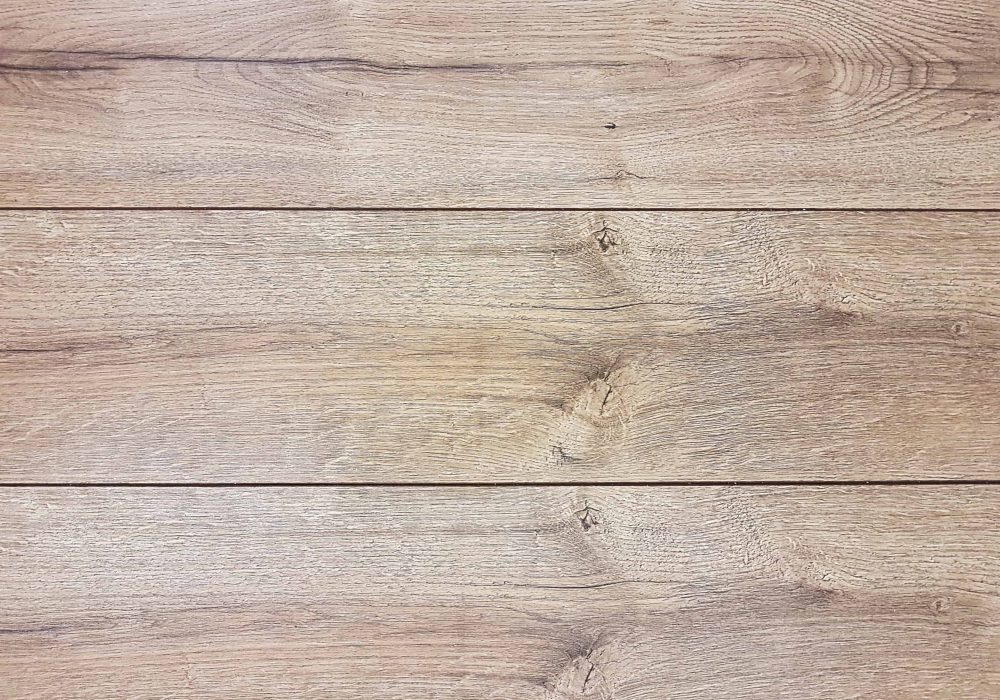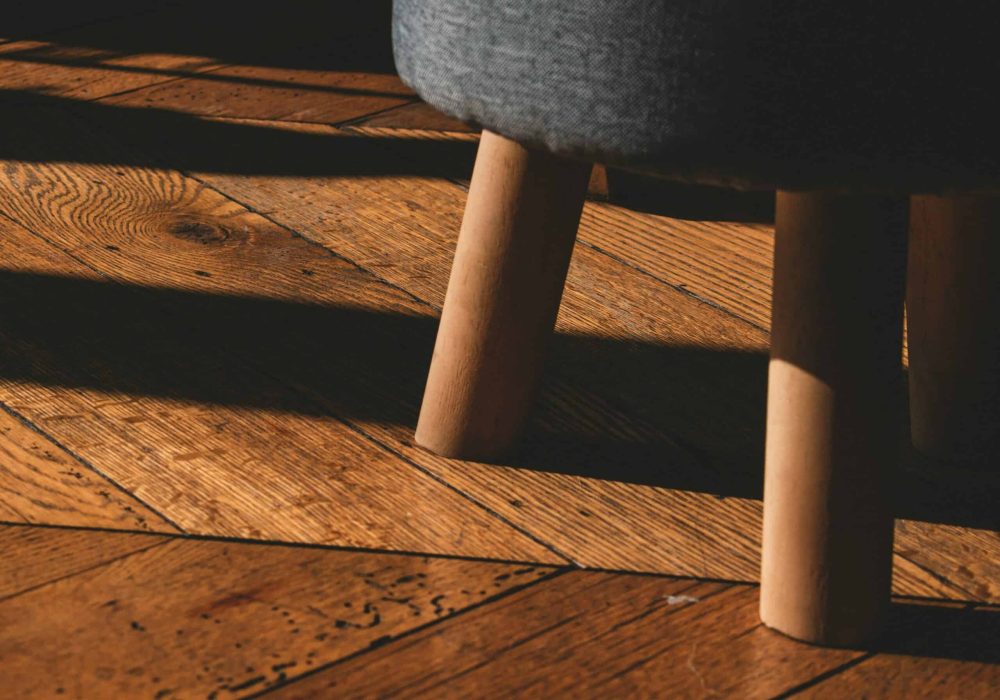A common hardwood floor issue is buckling. What can you do if your floor is already buckling, and how can you avoid it in the first place? Read on to find our the cause for hardwood buckling and how to address it properly.
The last thing you want to see your gorgeous hardwood floor do is buckle. Hardwood floor buckling is highly noticeable and unwelcome, especially when you’ve already invested so much into installing a beautiful floor.
That’s why we’re here with the third installation in our Hardwood Flooring – Issues, Causes & Fixes blog series. In previous blogs, we have discussed the common effect weather change in Denver can have on all hardwood floors. Swelling and shrinking is a natural occurrence directly related to the properties of all kinds of wood when accompanied with high variations in humidity or temperature change.
Fortunately, when professionally installed with the proper preparation and knowledge, most if not all post-installation hardwood floor problems can be avoided. Let’s take a look at how to identify hardwood buckling and how it can be avoided before, during and after installation.
Hardwood Floor Buckling
As you may have already guessed upon hearing the term, buckling of hardwood flooring is when the hardwood actually releases from the sub floor. This is typically due to excessive expansion of the hardwood.
“Buckling is when the hardwood floor lifts or separates from the sub floor. Hardwood floors buckle when the humidity levels in the lower levels of the house are too high in the crawlspace or basement,” explains the Basement Health Association in the article Negative Effects on Hardwood Floors.
Beyond improper humidity levels in the crawlspace and basement, there are more potential causes for hardwood floor buckling.
Causes of Buckling in Wood Flooring
In a word, the cause of buckling is ‘moisture’. Where is the moisture coming from? There are many potential moisture threats that could start at the point of installation or many years after installation.
For example, job site conditions from the beginning may produce unwanted excessive moisture, whether airborne, sub floor moisture, or even from previous water leaks or flooding.
Sub Floor Moisture Issues
The level of airborne and sub floor moisture relates to the time of year the sub floor and/or hardwood flooring was installed. As wood takes on moisture, it naturally expands. Before your hardwood is installed, the sub floor (or floor your hardwood will be fastened to) may begin to take on excessive moisture do to humid weather conditions.
Then, your hardwood (with its own moisture content) is laid on top of the sub floor. Once winter temperatures come and the weather starts changing, of course you turn up the furnace to warm up your home.
At this moment, the drying process of your sub floor begins. If the moisture levels in your sub floor were excessive in comparison to the moisture level of your hardwood the sub floor may begin to shrink as it dries out.
As the sub floor shrinks, it pulls away from your hardwood. Meanwhile, your hardwood has nowhere to go as it begins to squeeze against itself and pull away from the sub floor, crowding and eventually ‘buckling’.
Clearly, sub floor moisture levels, and hardwood moisture levels should be taken into consideration before installation in order to prevent possible buckling.
If issues like that can come simply from airborne moisture, you can imagine how much worse buckling can become if flooding (whether from pipe leaks, weather, or other causes) takes place.
House Vacancy
Besides pre-installation threats, there are some threats that can be avoided with ease after installation. All that’s needed is occupancy. Once a house is left vacant for excessive amounts of time with no circulation, the moisture levels can climb rapidly.
This is commonly and understandably known as the ‘greenhouse effect’. Just like a greenhouse, your home when left vacant may welcome sunlight through its windows, generating heat that leads to condensation, and humidity. Atmospheric control is a must when dealing with causes of buckling as well as many other hardwood floor problems.
Improper Installation Techniques
Still, there are factors ‘during’ installation that can easily contribute to potential buckling problems. These may include nailing techniques, insufficient nailing, improper fasteners and the like.
Beyond that, if your hardwood is glued to the sub-floor, insufficient or incorrect adhesive may hinder quality of installation. Think too about the way adhesive is applied. It may not seem like a big deal, but something as simple as that could affect the integrity of your hardwood and even contribute to worse buckling.
Flooring adhesive, like thin set used to install tile, is applied using a grooved trowel. The larger the grooves, the more air is released when the product is pressed into it, creating a strong bond. Even using the wrong kind of trowel to apply the adhesive may lead to a sub-par installation.
Installation error is simply not an option when you’re investing in hardwood. To avoid buckling caused by human mistakes, play it safe and hire a well-known, professional Denver hardwood flooring contractor like Denver Dustless.
Fixing Hardwood Floor Buckling
Obviously, the problem of buckling can and should be avoided from the beginning of the project till the end. With proper maintenance buckling shouldn’t be something you have to experience in your own home post-installation.
Still, what if you happened to read this blog just a tad too late and you’re dealing with a minor or even major case of buckling? What can be done to save your precious hardwood floor?
In some minor cases, fixing the source (high moisture conditions in your home) is a great first step. Try to normalize your home’s humidity levels by using a dehumidifier. Alternatively or in addition to dehumidifiers, stress or binding of your floor can also be released at the vertical obstructions such as walls. This will allow the hardwood to breathe and expand without buckling.
Sometimes even removing a row of flooring may be part of the solution, in hopes that the problem was caught early and can be repaired by spot replacement.
Unfortunately, in the case your hardwood floor buckling is on the more extreme side, a full replacement may be necessary.
Hardwood Floor Repair and Installation
If you are looking to repair your current hardwood floor or you want to start fresh on a brand-new floor, have no fear!
Here at Denver Dustless, we take the stress out of all the ‘what ifs’ of home improvement projects with our professional planning and seamless installation process from start to finish. Don’t hesitate to contact us. We look forward to hearing your thoughts and ideas for your next hardwood project!






